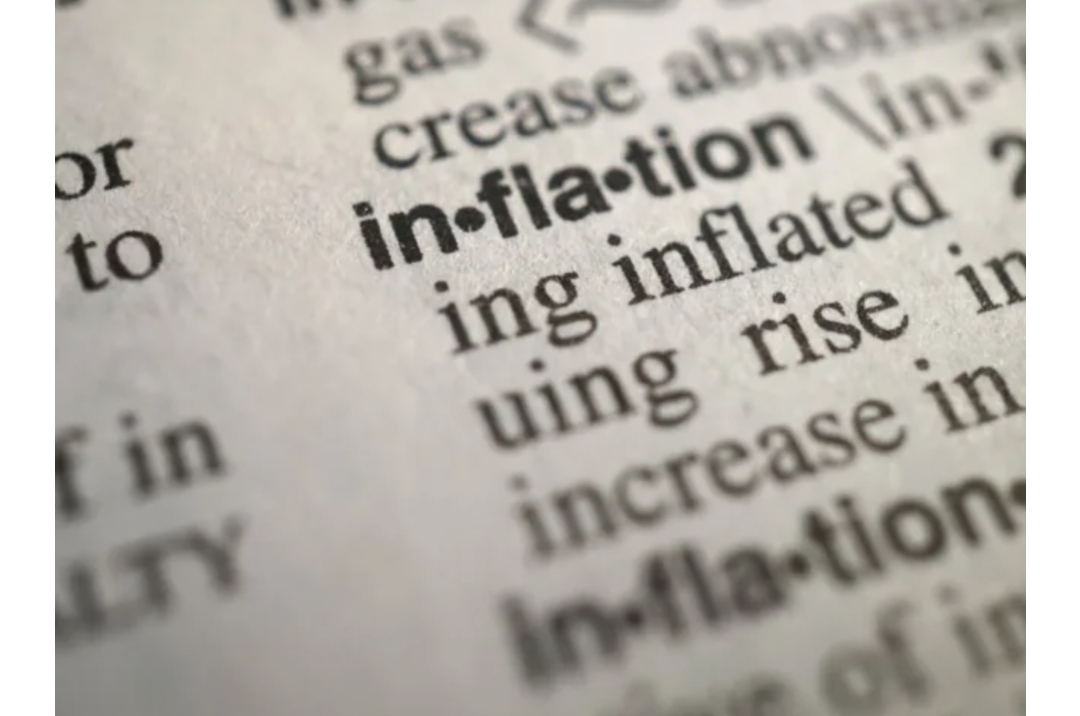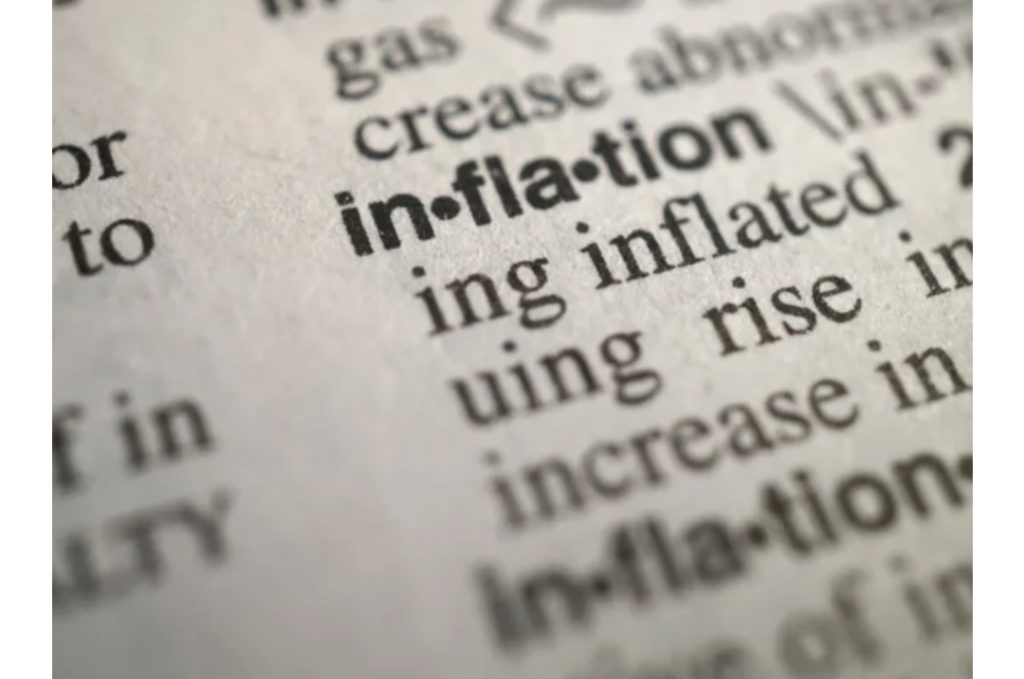On Friday, two more Federal Reserve members joined the chorus of American central bankers who are downplaying the need to cut interest rates in the face of persistent inflation.
One of them issued a warning, stating that should price pressures fail to further abate, the central bank may even decide to hike rates once more.
Decrease In Inflation
Federal Reserve Governor Michelle Bowman stated to the Shadow Open Market Committee in New York that “we are still not yet at the point where it is appropriate to lower the policy rate, and I continue to see a number of upside risks to inflation,” despite the fact that inflation has decreased significantly and will probably continue to trend back toward the 2% target.
According to her, the inflation potentialities could alter the picture for upcoming policy choices. While it is not my baseline forecast, Bowman said, “I continue to see the risk that should progress on inflation stall or even reverse at a future meeting we may need to increase the policy rate further.”
In the interim, the governor of the central bank stated that Fed policy is appropriate given the strength of the economy.
She added that “it will eventually become appropriate to gradually lower the federal funds rate to prevent monetary policy from becoming overly restrictive” if inflation keeps declining to 2%.
Bowman’s hawkish stance on monetary policy was influenced by President Lorie Logan of the Federal Reserve Bank of Dallas, who made similar observations.
Logan was particularly concerned about inflation’s future given its erratic start to the year. According to her, “the key risk” is not so much an increase in inflation as it is stalling out at current levels.
Over the course of the previous week, Bowman and Logan became the most recent Fed officials to express alarm about the “bumps” the Fed was running into this year as it worked to bring inflation back to target.
Strong employment figures coupled with little movement on inflation over the past few months have made senior officials, including Chair Jerome Powell, more vocal in their requests to be “patient” when deciding when to reduce rates.
The two Fed officials gave a speech following the publication of extremely encouraging hiring data. With payrolls adding a better-than-expected 303,000 jobs in March and the unemployment rate dropping to 3.8% from 3.9% in February, the jobs data revealed a very healthy employment sector.
Negative Impact On Economy
The robust hiring data supported the view that, with the economy in a strong position, the Federal Reserve can afford to maintain its current monetary policy settings, which have the federal funds rate between 5.25% and 5.5%, for some time in order to further reduce inflation without negatively impacting the economy as a whole.

Experts at TD Securities concurred. The strong jobs report “may reinforce the idea of patience among some Fed officials in terms of upcoming policy decisions,” the authors wrote in a letter to clients.
“We continue to believe that consumer price inflation’s evolution will be the primary determinant in the near future, which heightens the anticipation for this week’s CPI report,” they continued.
The market will be closely observing the March consumer price index when it is released on Wednesday to see if the reasons that made the index stronger than anticipated at the beginning of the year are slowing down.



